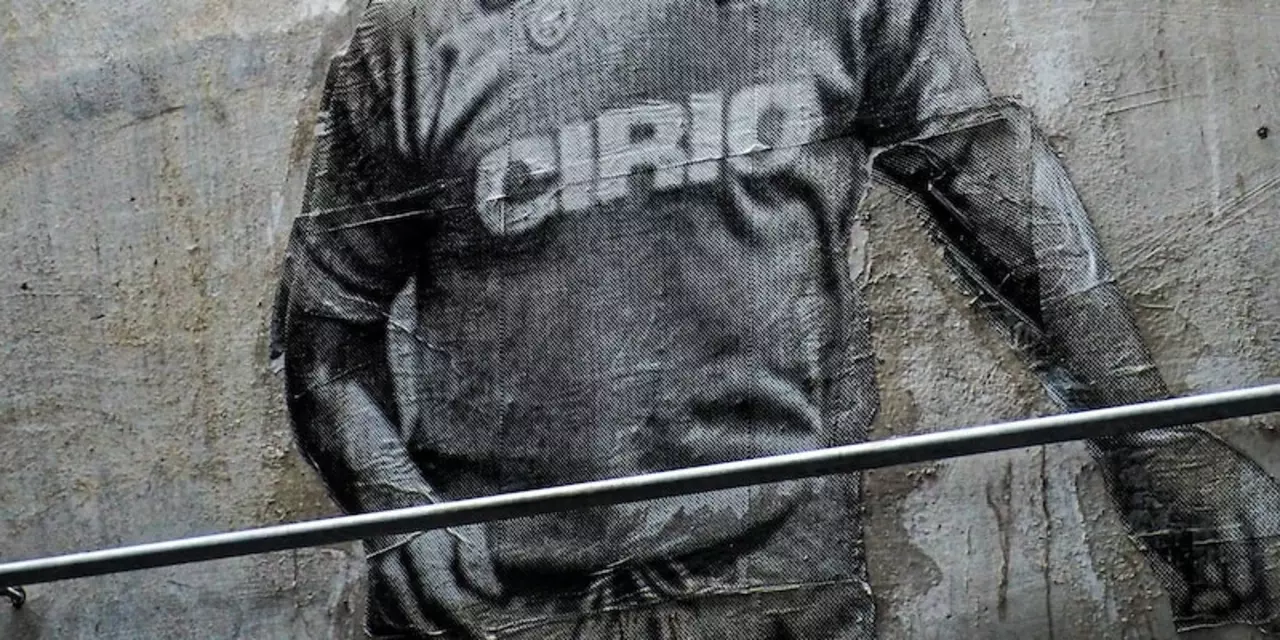Diving in Soccer – The Full Picture
When talking about Diving, the act of a player exaggerating or faking contact to win a foul. Also known as simulation, it has become a constant buzzword in locker rooms, on social media, and around the bar after every big match.
How Diving Connects to the Rest of the Game
At its core, Simulation, the deliberate attempt to deceive the referee forces officials to make split‑second calls. A referee’s decision can change the flow of a match, which is why VAR, the video‑assisted review system was introduced – to catch the most blatant dives and protect the integrity of the sport. In practice, diving influences referee decisions, VAR reviews often overturn false claims, and a culture of good sportsmanship discourages players from abusing the trick. The relationship can be summed up as: Diving requires a referee’s judgment, referee judgments are scrutinized by VAR, and strong sportsmanship reduces the incentive to dive.
Our collection below reflects how the diving debate shows up across the soccer world. You’ll find posts that bust common misconceptions about the sport, tips on improving your own play without resorting to simulation, and deep dives into why the United States still struggles to become a global soccer power – all of which tie back to the bigger conversation about fair play. Whether you’re here to understand the rules, argue the ethics, or just enjoy a good chat over a pint, the articles that follow give you the facts, the arguments, and the context you need to keep the conversation lively at Braintree Soccer Bar.
Why do some soccer players dive when barely touched?
In the world of soccer, diving is a controversial issue. It occurs when a player goes to the ground without clear contact from an opponent and often results in a foul being called in their favor. There are many reasons why a player may choose to dive, such as fear of contact, the desire to gain an advantage, or to deceive the referee. While diving can be seen as dishonorable, it can be an effective strategy if used correctly. The key for players is to understand when to dive and when not to dive for the best results.

 Sports Analysis
Sports Analysis